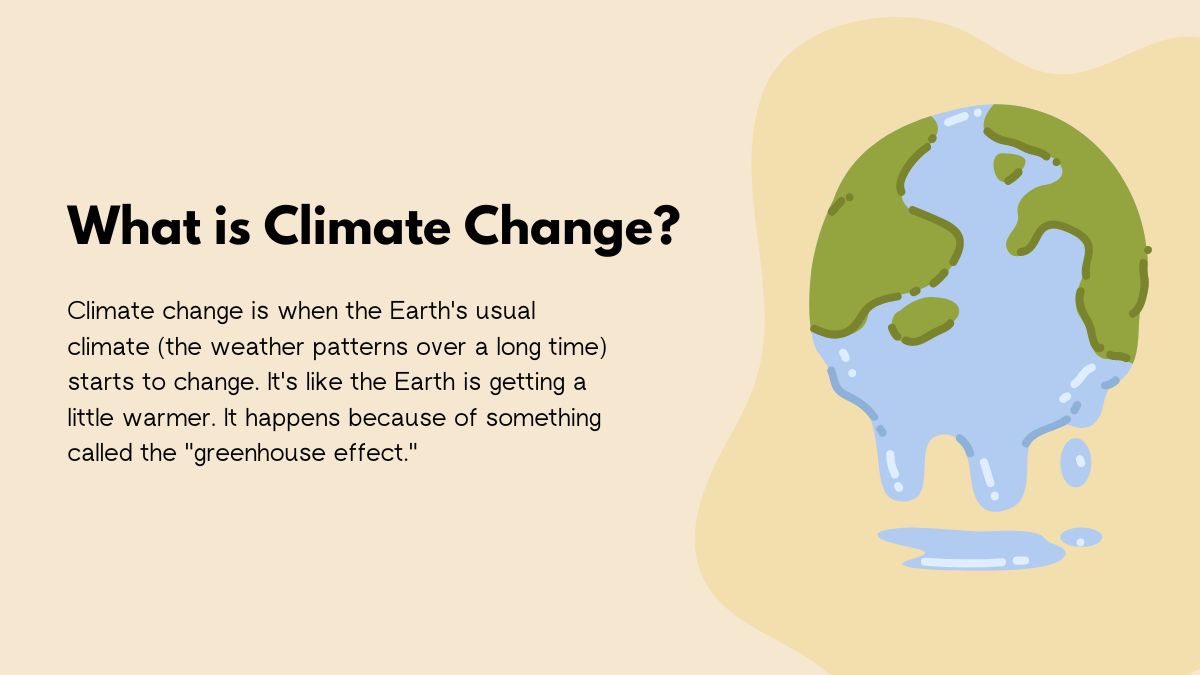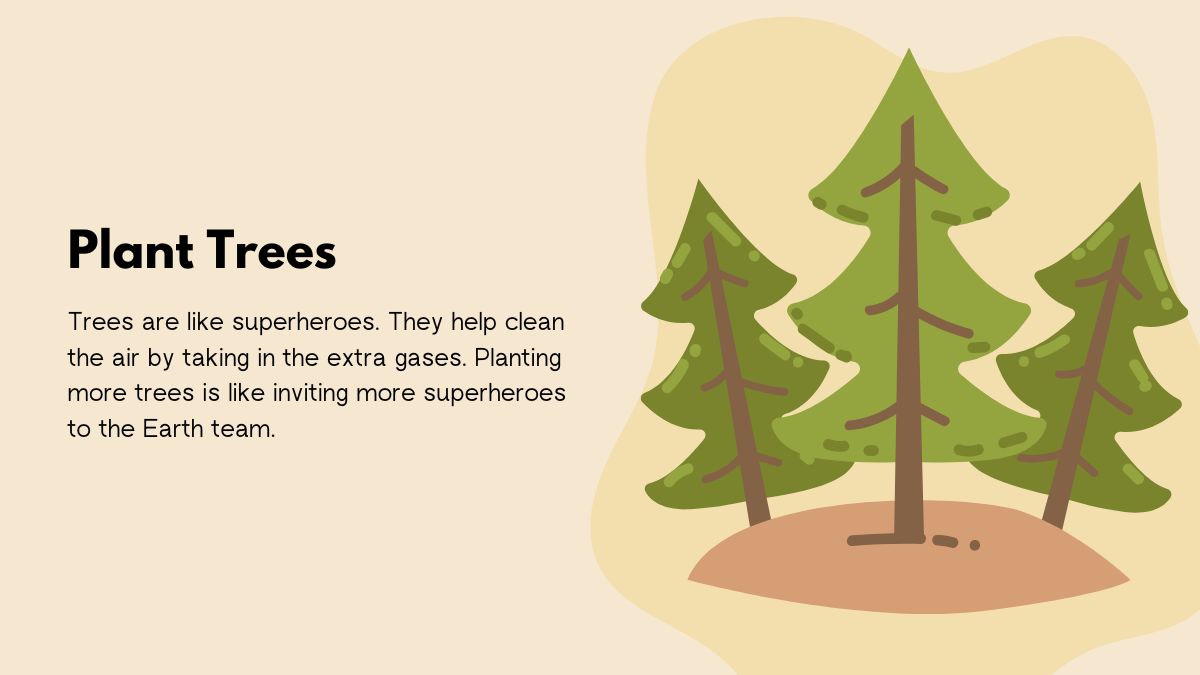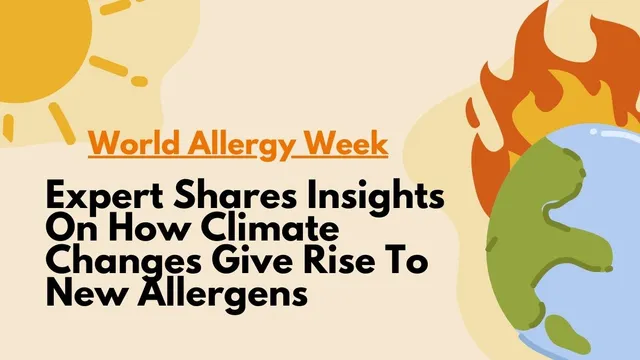- By Priyanka Munshi
- Wed, 26 Jun 2024 04:34 PM (IST)
- Source:JND
Given that climate change can have a substantial impact on the environment and aggravate allergy symptoms, knowing about climate change is essential for protecting oneself against new allergens. The lengthening and intensifying pollen seasons brought on by rising global temperatures increase exposure to allergens such as grasses, weeds, and tree pollen. In addition to increasing the growth of some plants that produce allergenic pollen, warmer temperatures and greater carbon dioxide levels can exacerbate allergies in a large number of individuals.
Furthermore, variations in precipitation patterns and extreme weather events can change the location and concentration of mold spores, another frequent allergen. People can reduce their exposure to allergens by being proactive and staying informed about these climate changes.

World Allergy Week (Image Credit: Canva)
This includes keeping an eye on regional pollen forecasts, using air purifiers, closing windows during periods of high pollen, and consulting with medical professionals about the best ways to manage allergies. In a conversation with Jagran English, Dr. Ravi Shekhar Jha, Director and HOD of Pulmonology at Fortis Escorts Hospital in Faridabad, discussed how climate change is giving rise to new allergens.

World Allergy Week (Image Credit: Canva)
According to Dr. Ravi, climate change has led not only to new types of allergens but also to more harm from existing allergens.
Longer Growing Seasons:
Warmer temperatures and increased carbon dioxide levels lead to longer growing seasons for plants. This results in extended periods of pollen production, increasing exposure to allergens.
Increased Pollen Production:
Higher levels of carbon dioxide can cause plants to produce more pollen. Studies have shown that plants like ragweed produce significantly more pollen when exposed to elevated CO2 levels, leading to higher concentrations of allergens in the air.

World Allergy Week (Image Credit: Canva)
New Plant Species In New Areas:
As temperatures rise, certain plants and trees can thrive in regions where they previously could not. This introduces new allergens to populations that were not previously exposed to them.
Higher Mold Spore Counts:
Warmer temperatures and increased humidity create favorable conditions for mold growth. Mold spores are a common allergen, and their increased presence can exacerbate respiratory issues.

World Allergy Week (Image Credit: Canva)
Increased Urban Air Pollution:
Climate change can exacerbate air pollution through increased levels of ground-level ozone and particulate matter. Pollutants can interact with pollen and other allergens, making them more potent and harmful to respiratory health.
Extreme Weather Events:
Climate change is associated with an increase in extreme weather events such as floods and hurricanes. These events can lead to water damage in homes and buildings, promoting mold growth and increasing exposure to mold allergens.
Also Read: Chitrangda Singh Is A Total Charmer In Exquisite Gowns | See Photos
Changes in Allergen Dispersal Patterns:
Changes in wind patterns and weather conditions can affect how and where allergens are dispersed. This can lead to unexpected spikes in allergen levels in certain areas.
Dr. Ravi concluded by noting that in the NCR, severe heatwaves and temperature variations have been observed. The pollen season has also extended longer than usual, leading to an unexpected increase in asthmatics presenting to emergencies.

